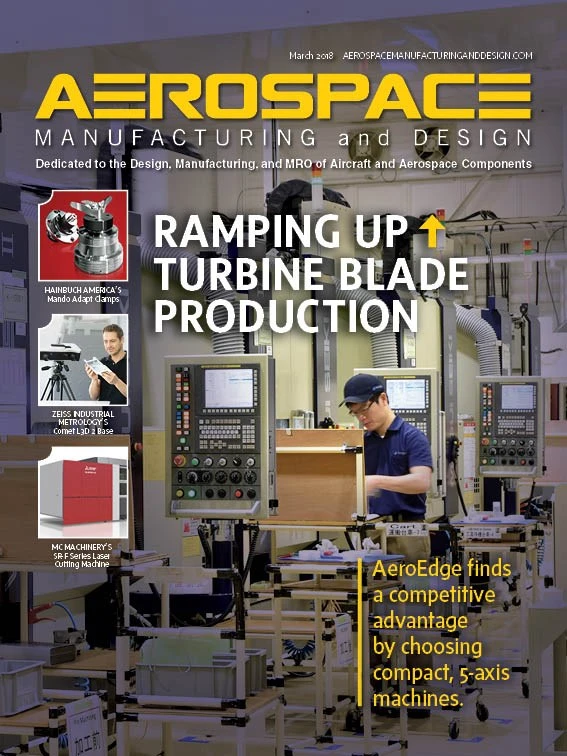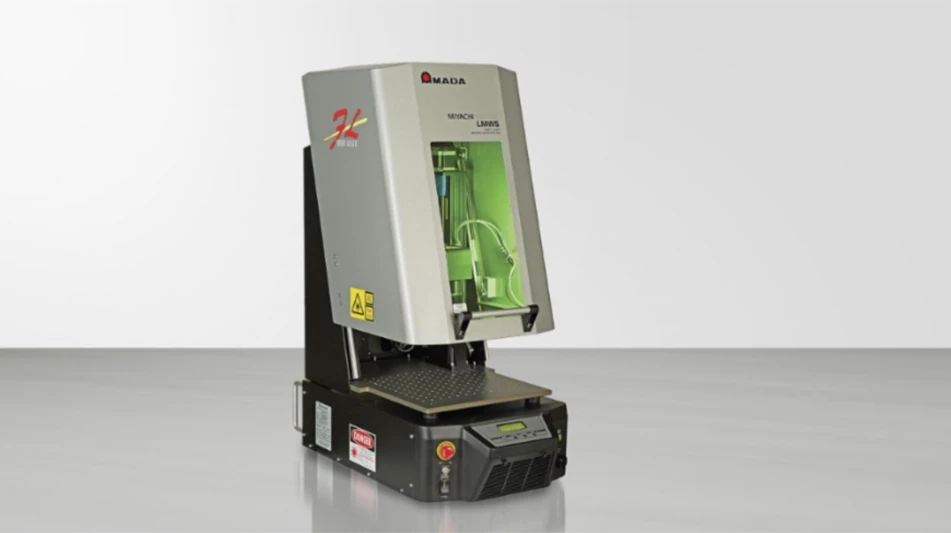Additive manufacturing (AM) allows parts to be built in designs never before possible, but the technology’s impact is limited by slow layer-based printing methods.
Using laser-generated, hologram-like 3D images flashed into photosensitive resin, researchers at Lawrence Livermore National Laboratory (LLNL) and collaborators at UC Berkeley, the University of Rochester, and the Massachusetts Institute of Technology (MIT), have built complex 3D parts in much less time with volumetric 3D printing, an approach described in the journal Science Advances (goo.gl/t4rgnh).

“The fact that you can do fully 3D parts all in one step really does overcome an important problem in additive manufacturing,” says LLNL Researcher Maxim Shusteff, the paper’s lead author. “The real aim of this paper was to ask, ‘Can we make arbitrary 3D shapes all at once, instead of putting the parts together gradually layer by layer?’ It turns out we can.”
By overlapping three laser beams that define an object’s geometry from three directions, researchers created a 3D image suspended in the vat of resin. The laser light, which is at a higher intensity where the beams intersect, is kept on for about 10 seconds, enough time to cure the part. The excess resin is drained out of the vat and leaves a fully formed 3D part.
It builds parts faster than other polymer-based methods and most commercial AM methods. Due to its low cost, flexibility, speed, and geometric versatility, researchers expect the framework to open a new direction of research in rapid 3D printing.
“It’s a demonstration of what the next generation of additive manufacturing may be,” says LLNL Engineer Chris Spadaccini, who heads Livermore Lab’s 3D printing effort. “Most 3D printing and additive manufacturing technologies consist of either a one-dimensional or two-dimensional unit operation. This moves fabrication to a fully 3D operation, which has not been done before.”

Shusteff and his team printed beams, planes, struts at arbitrary angles, lattices, and complex and uniquely curved objects. Volumetric printing does not have support constraints, so many curved surfaces can be produced without layering artifacts.
Shusteff adds, “If you can get away from layering, you have a chance to get rid of ridges and directional properties. Because all features within the parts are formed at the same time, they don’t have surface issues.”
Shusteff believes volumetric printing could be made even faster with a higher power light source. Extra-soft materials such as hydrogels could be wholly fabricated, he says, which would otherwise be damaged or destroyed by fluid motion. Volumetric 3D printing works better in zero gravity, he says, expanding the possibility of space-based production.
The technique does have limitations, researchers explain. Because each beam propagates through space without changing, there are restrictions on part resolution and on the kinds of geometries that can be formed.
Spadaccini adds that additional polymer chemistry and engineering would be needed to improve the resin properties and
“If you leave the light on too long it will start to cure everywhere, so there’s a timing game,” Spadaccini says. “A lot of the science and engineering is figuring out how long you can keep it on and at what intensity, and how that couples with the chemistry.”
Lawrence Livermore National LaboratoryMassachusetts Institute of Technology University of California, Berkeley University of Rochester
Explore the March 2018 Issue
Check out more from this issue and find your next story to read.
Latest from Aerospace Manufacturing and Design
- GE Aerospace secures Air Force engine contract
- Thomson Industries' online sizing and selection tool
- #53 - Manufacturing Matters - 2024 Leaders in Manufacturing Roundtable
- Join us for insights on one of the hottest topics in manufacturing!
- You can still register for March’s Manufacturing Lunch + Learn!
- Ohio creates Youngstown Innovation Hub for Aerospace and Defense
- Tormach’s Chip Conveyor Kit for the 1500MX CNC Mill
- How to Reduce First Article Inspection Creation Time by 70% to 90% with DISCUS Software





